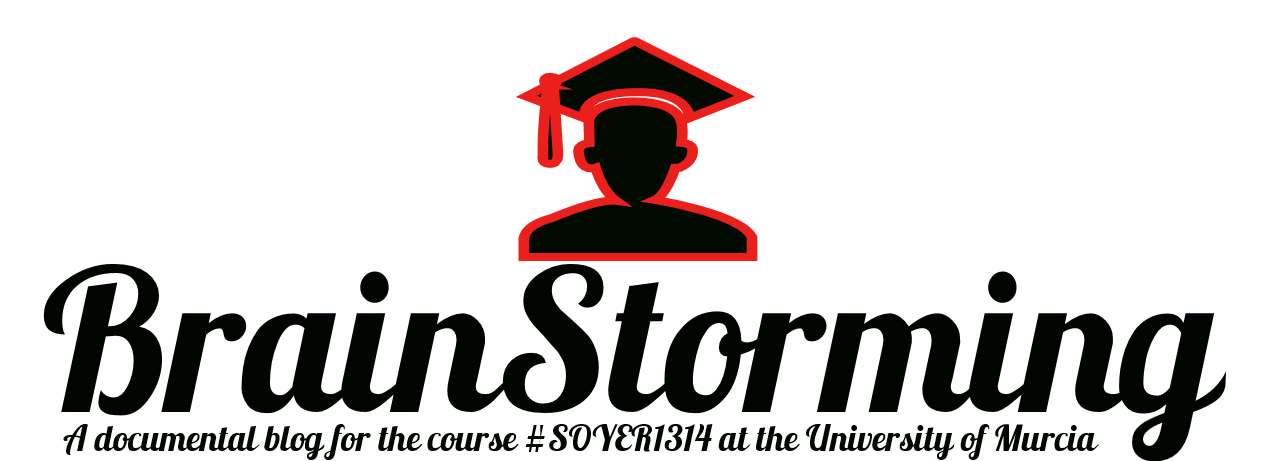Hello everyone!!
This week I was
assigned the translator role. The words that I have chosen are quite related
with the topic we are, researching, studying, and comparing. All of them are
forming part of the same semantic field, but I will appoint through my
definitions, some differences that should be noted. I will also focus the
translation on the educational field.
In order to enrich you
with more words in English I will also write all the definition's synonyms and
antonyms.
Integration.
It is when You give every child
the type of education needed in the least restrictive environment, abandoning clinical or
diagnostic labels.Which means leave the labels and meet
the needs.
Therefore, integration is not an indiscriminated return of all children with special needs
to regular classes. Nor allow children in
special schools remain in regular
classrooms without the support
services required.
Synonyms: fusion,
meeting, incorporation, unification,
blending, mixing.
Antonyms: disintegration, separation, maladjustment.
Equity.Antonyms: disintegration, separation, maladjustment.
Is is the quality of being fair or impartial. When opportunities are the same for everyone even if they are different. We all are not equal, and equity is the way to provide equal resources for different people.
Synonyms: fairness, impartiality,
objectivity, justice, moderation.
Antonyms: partiality, injustice.
Inclusion.
It is a human right by law personhood. Inclusive approach in the classroom
includes:
- It focuses on the classroom, classroom-student characteristics.
- Teaching learning factors are discussed.
- Troubleshooting collaborative teacher and peers.
- Strategies for teachers to have the capacity to adapt.
- Classroom environment that promotes and supports adaptation regularly.
Synonyms: introduction,
incorporation, installation, penetration, placement.
Antonyms: Removal, Foreclosure, deletion.
Segregation.Antonyms: Removal, Foreclosure, deletion.
Segregation is the different
distribution of individuals in a
specific reference-ethnic,
social ... feature
- with negative effects for certain categories of individuals. In
other words, is when people belonging to a particular group (socioeconomic status,
race, sex, religion, physical abilities or
intellectual) do not mix with
others different from them. Segregation either way,
has consequences, probably in terms of inequality and unequal learning opportunities.
Synonyms: breakdown,
secession, separation, discrimination, , dislocation
ecretion, sweating, evacuation, perspiration, dripping, discharge, separation, disunity, disseverance.
Antonyms: unite, add, integrate, host.
ecretion, sweating, evacuation, perspiration, dripping, discharge, separation, disunity, disseverance.
Antonyms: unite, add, integrate, host.
Discrimination.
Discrimination is a situation in which
a person or group is treated unfavorably because of prejudice,
usually because the discriminated people, (children in
this case) belong to a distinct social
category; It should also be distinguished from positive discrimination (which is differentiation
and recognition). Among those categories are race,
sexual orientation, religion,
socioeconomic rank, age and disability.
Synonyms:
unfairness, bias, bigotry, hatred, prejudice, partiality, intolerance,
favouritism, hate, race hate, racial hatred, racial discrimination, injustice,
narrow-mindedness, provincialism, racism, racialism, sexism.
Antonyms:
Equality, Equity, Inclusion, integration.
These words have great social impact nowadays, and we should all work towards the integration,
inclusion and equity. We also should be able to avoid at all costs discrimination and segregation that will undoubtely lead our
society to a narrow-minded path of ancient mentality.
Having thoroughly searched the definitions of words that although similar, have different connotations, I enclose the
pages where I
have extracted the relevant
information.
I HOPE YOU CAN NOW DISTINGUISH THEM.
Doc. 1: De Haro, R. (2011). La evolución histórica de la Educación Especial: de la educación
segregada a la educación para todos.
